Saturday, November 26, 2022
you don't see a 50s fire fighting bucket truck in Japan every day... so this is a treat to find
https://www.facebook.com/photo/?fbid=10229776881590976&set=gm.7396296373738496&idorvanity=2116167295084790
TokyoTon, Sam.Joe, and Crank_Case all commented (thank you !) and identified it as an Isuzu TX
Plus it's in Kobe, and it's the 1960s
very interesting historical maps based on food, Greyhound bus lines, books, national parks, etc made in the 1930s, 40s, and 50s
click on these for full size, of course, but, go to https://daily.jstor.org/pictorial-maps-of-the-united-states/ for the even larger originals, though in less vibrant color, but interactive with better zoom
unbelievable... the Blade 68 Charger is up for a starting bid of only 30k
the morons at the auction company don't have a single car guy who can look under the hood and write what the engine size is. All they know is that it's a V8, with a 3 speed auto.
I love looking through the Hollywood prop auctions
one of these was on the Jeep Cherokee, but it's cool that someone decided to collect the whole set
they are even auctioning off a 1961 Herbie, and the prop Ferrari that was crashed in Ferris Bueller's Day Off
so, was the photographer risking getting chomped on by a hungry cheetah? Or safely in another vehicle? 1967 East African Safari Rally, the 8 Ball, with Rauno Aaltonen and Henry Liddon in a Mini prepped by Mick Legge, painted by Adrian Goodenough
Rauno and Adrian are on Facebook https://www.facebook.com/thesportingminis/posts/rauno-aaltonen-and-henry-liddon-on-the-1967-east-african-safari-rally-in-one-of-/1896210860415558/
This is the same Mini and team that won the 1967 Monte Carlo Rally!
there is a book, which costs 20 dollars to buy, and 20 fucking dollars to ship (nope, not buying a 40 dollar book) which is the autobiography of Tony Ambrose, the BMC Works co-driver of many world rallys in the early 60s
20 dollars to mail a paperback book? Not in the budget. I'd rather buy TWO books that don't get shipped around the world.
there was a James Bond 007 edition of the 2003 Thunderbird... how odd
Back in 2002, Ford reached an endorsement deal with Eon and MGM, and at the time, the automaker owned both Jaguar and Aston Martin – brands that have long been featured in James Bond movies. With the Thunderbird making a comeback, this was the perfect time to offer a 700 unit limited-edition run of the movie version, which is driven by actress Halle Berry in Die Another Day
There were 200 of the 2002 Ford Thunderbird Neiman Marcus Edition produced... with nothing significant about it. Floor mats with the branding script? Please, why did they waste their time?
a new thing (to me at least) are the compilation videos of amusing stuff... and interesting things show up in them
the rubber chicken bus stop request sound making device, instead of getting the noise maker the bus was made with fixed... well, if it works, it's not crazy.
and when the passenger is flexible, and doesn't have much seat left to sit on
yes, this, and every other video like it use a 5 second clip of a beautiful young woman with d cups to use as a screen capture, for the misleading advertising.... of what the video is not about
Friday, November 25, 2022
one of the BEST Halloween movies, my favorite, the Franc Capra directed 1944 film "Arsenic and Old Lace" with Cary Grant, Peter Lorre, and 1936 DeSoto Airflow taxis, is finally on the Criterion Collection Blu Ray
At that time the Police Department of the five boroughs of New York City mandated that taxicab operators use purpose-built vehicles that allowed five adults to travel comfortably in the rear compartment.
DeSoto’s recently introduced 7-passenger S-1 Airstream sedan could be easily modified to meet the City’s ‘five-in-the-rear’ requirement and Waters submitted a prototype to the New York City Hack Bureau for approval.
Only two manufacturers, Checker and General Motors, were producing purpose-built cabs that met New York City’s requirements and Chrysler was interested in breaking in to the market. As Chicago and Los Angeles fleet operators generally used the same equipment as their Manhattan brethren, the potential profits for all involved were immense.
As Plymouth-DeSoto’s largest distributor, Waters was able to make a deal with Chrysler whereby he would convert stripped 7-passenger DeSotos into taxicabs at a metro Detroit factory, then offer them to taxicab fleet operators through his Plymouth-DeSoto dealerships.
If successful, the scheme would provide Chrysler with a share of the taxicab market without any risk or capital outlay, additionally Waters could offer the vehicles with a full Chrysler Corp. warranty. The original agreement involved taxicabs specifically built and designed for Manhattan’s Sunshine Radio Service.
On June 19, 1936 the first shipment of 200 Waters-DeSoto taxicabs paraded down Broadway to a special ceremony welcoming the Sunshine Radio System to Manhattan.
The welcome was short-lived as a month later the Mayor, LaGuardia, threatened to bring about the revocation of the licenses of the Sunshine Radio Systems’ taxicab fleet unless there was a “noticeable reduction” in the din of their horns over the coming week-end.
The Mayor was well-known for his intolerance of urban noise and as a result of his complaints a city magistrate set about determining exactly how loud a taxicab horn should be the following Monday.
In an ironic twist, Waters delivered 550 new DeSoto Sky-View taxicabs to the Terminal Taxi Corporation, a firm founded by General Motors a decade earlier to try and put Morris Markin’s Checker Cab Mfg Co. out of business. The last General Motors long wheelbase five-in-the-rear taxicab was built in 1937, so when Terminal needed to replace its aging GM cabs DeSoto was an easier pill to take.
Terminal declared bankruptcy in the late thirties and its assets were purchased by Chicago native Daniel G. Arnstein, a friend and former employee of John D. Hertz. Prior to the start of World War II, Arnstein was sent to China by President Roosevelt to help straighten out the transportation nightmare popularly known as the Burma Road.
Another major Waters’ client was W. Lansing Rothschild, the owner of Los Angeles and San Francisco’s Yellow Cab Co. Rothschild had purchased some of Waters’ 1936 DeSoto taxicabs, and remained a good customer into the early 1950s.
Mr. Waters moved spectacularly in the automobile business in which he started as a small dealer in used cars after World War I. He rapidly amassed wealth and became the world's largest distributor of DeSoto and Plymouth cars.
Only two manufacturers, Checker and General Motors, were producing purpose-built cabs that met New York City’s requirements and Chrysler was interested in breaking in to the market. As Chicago and Los Angeles fleet operators generally used the same equipment as their Manhattan brethren, the potential profits for all involved were immense.
As Plymouth-DeSoto’s largest distributor, Waters was able to make a deal with Chrysler whereby he would convert stripped 7-passenger DeSotos into taxicabs at a metro Detroit factory, then offer them to taxicab fleet operators through his Plymouth-DeSoto dealerships.
If successful, the scheme would provide Chrysler with a share of the taxicab market without any risk or capital outlay, additionally Waters could offer the vehicles with a full Chrysler Corp. warranty. The original agreement involved taxicabs specifically built and designed for Manhattan’s Sunshine Radio Service.
On June 19, 1936 the first shipment of 200 Waters-DeSoto taxicabs paraded down Broadway to a special ceremony welcoming the Sunshine Radio System to Manhattan.
The welcome was short-lived as a month later the Mayor, LaGuardia, threatened to bring about the revocation of the licenses of the Sunshine Radio Systems’ taxicab fleet unless there was a “noticeable reduction” in the din of their horns over the coming week-end.
The Mayor was well-known for his intolerance of urban noise and as a result of his complaints a city magistrate set about determining exactly how loud a taxicab horn should be the following Monday.
In an ironic twist, Waters delivered 550 new DeSoto Sky-View taxicabs to the Terminal Taxi Corporation, a firm founded by General Motors a decade earlier to try and put Morris Markin’s Checker Cab Mfg Co. out of business. The last General Motors long wheelbase five-in-the-rear taxicab was built in 1937, so when Terminal needed to replace its aging GM cabs DeSoto was an easier pill to take.
Terminal declared bankruptcy in the late thirties and its assets were purchased by Chicago native Daniel G. Arnstein, a friend and former employee of John D. Hertz. Prior to the start of World War II, Arnstein was sent to China by President Roosevelt to help straighten out the transportation nightmare popularly known as the Burma Road.
Another major Waters’ client was W. Lansing Rothschild, the owner of Los Angeles and San Francisco’s Yellow Cab Co. Rothschild had purchased some of Waters’ 1936 DeSoto taxicabs, and remained a good customer into the early 1950s.
Mr. Waters moved spectacularly in the automobile business in which he started as a small dealer in used cars after World War I. He rapidly amassed wealth and became the world's largest distributor of DeSoto and Plymouth cars.
The executive was a veteran of WW1 serving as an Army Air Corps instructor. He came to San Francisco to sell airplanes but soon turned to the automobile business and, in 1929, became Chrysler's Northern California distributor for De Soto.
His rise to the top was an outstanding chapter in the nation's success stories. When others succumbed to the '29 crash, he went on and four years later bought the San Francisco building in which he started business. Original cost of the building was $1,250,000.
A year after he started selling cars on Long Island, he sold $3,500,000 worth of cabs to a Manhattan concern and set up his own assembly plant in Detroit.
A year after he started selling cars on Long Island, he sold $3,500,000 worth of cabs to a Manhattan concern and set up his own assembly plant in Detroit.
If the golden era of salesmen ended with the '29 crash, nobody told Waters about it. His fortunes rose as the business curve went down. By 1933 he had enough money to buy the San Francisco office building (original cost: $1,250,000) in which he started his business. Last year he branched into selling De Sotos on Long Island, upped his sales to about 4% of De Soto's entire output. Meanwhile he had tackled the taxi business.
Of all branches of the automobile industry, manufacture and sale of taxicabs is the hardest to make a go of. General Motors tried it for a while (through its subsidiary Yellow Truck & Coach), found that it had to operate taxis to be sure of a market in Manhattan, finally began withdrawing in 1934 after it had to repossess two big fleets at a loss of $1,000,000. Next year it sold its Manhattan operating company (Terminal) at another $733,000 loss. Soon Checker Cab Manufacturing Co. was left the only important manufacturer in the field. But even Checker, with a virtual monopoly on production, had dizzy ups & downs.
To Supersalesman Waters, the taxicab business looked as easy as anything else. After selling an occasional taxicab on the side, he jumped in with both feet in 1936, landed a $3,500,000 order for 2,500 cabs from a new operating system (Sunshine) organized in Manhattan that year. To manufacture them, he contracted with De Soto for chassis and body parts, set up his own assembly plant in Detroit. His De Soto SkyView cab now roams Manhattan streets about 7,000 strong.
Waters had a theory that his predecessors in cab manufacturing got into trouble by operating their own fleets; he lets some body else worry about running his cabs, is happy to sell one to anybody who has $295 for a down payment. Manhattan's independent cabbies swear by him; until he started selling them brand-new cabs at $1,195 they had to pay nearly that much for castoffs from the big fleets.
http://www.coachbuilt.com/bui/w/waters/waters.htm
To Supersalesman Waters, the taxicab business looked as easy as anything else. After selling an occasional taxicab on the side, he jumped in with both feet in 1936, landed a $3,500,000 order for 2,500 cabs from a new operating system (Sunshine) organized in Manhattan that year. To manufacture them, he contracted with De Soto for chassis and body parts, set up his own assembly plant in Detroit. His De Soto SkyView cab now roams Manhattan streets about 7,000 strong.
Waters had a theory that his predecessors in cab manufacturing got into trouble by operating their own fleets; he lets some body else worry about running his cabs, is happy to sell one to anybody who has $295 for a down payment. Manhattan's independent cabbies swear by him; until he started selling them brand-new cabs at $1,195 they had to pay nearly that much for castoffs from the big fleets.
http://www.coachbuilt.com/bui/w/waters/waters.htm
The law was finally changed and in July of 1954 the previous 5-passenger standard was eliminated and standard four-door Detroit-made sedans became eligible for taxi cab service in Manhattan. The long-wheelbase cars that were previously embraced, were now outlawed as a new maximum wheelbase of 120” was implemented. Although all involved denied it, lobbyists for Ford and General Motors were likely behind the new regulation as they were tired of being shut out of the lucrative Manhattan market.
someone had some problem yesterday early afternoon... and knocked a utility box right off the base, killing the intersection light, and setting their car on fire.. lots of fire
it sounded like someone hit a dumpster, then the police sirens made me take a look... and the fire dept decided NOT to extinguish that, and instead, let the tires burn right off the rims, and the plastic bumpers melt away
nice vintage limo in the Netflix series Wednesday. Its a stretched 1938 Pontiac, with a custom back window, on a Mercedes G Klasse with air suspension custom made for the movie
IMCDB doesn't have an entry for this Netflix series
compare this 1938 Pontiac Touring:
.jpg)
Subscribe to:
Comments (Atom)



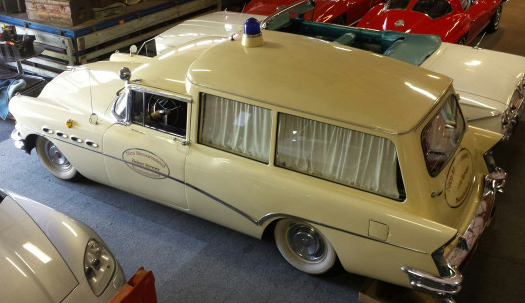
.jpg)


.jpg)

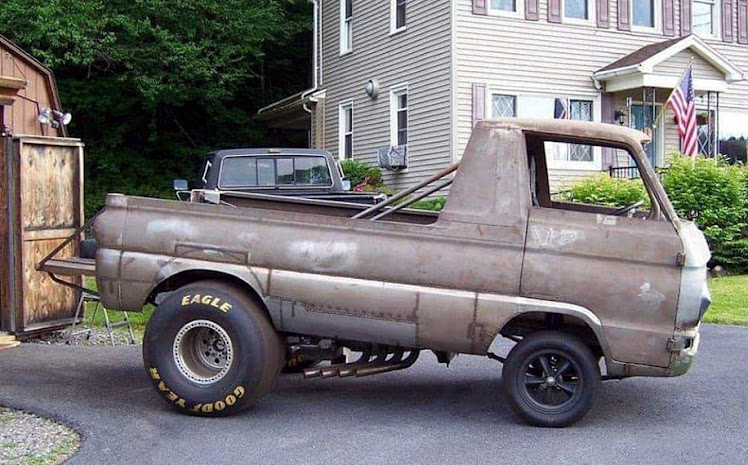





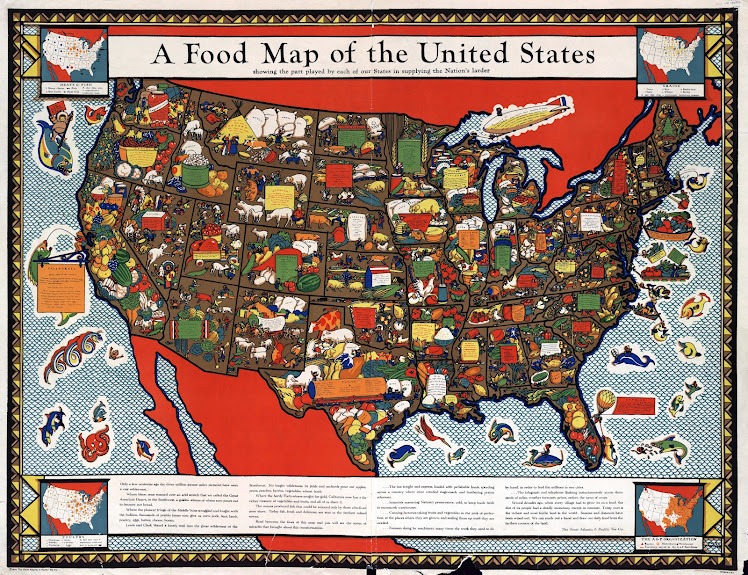








.jpg)







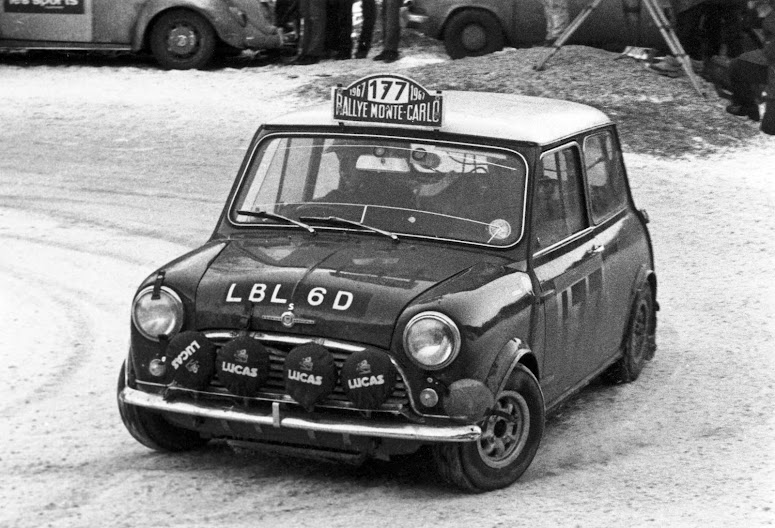










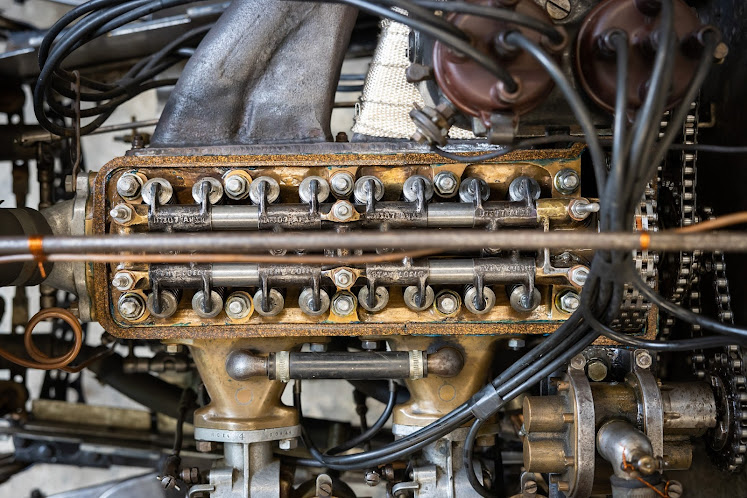






.jpg)